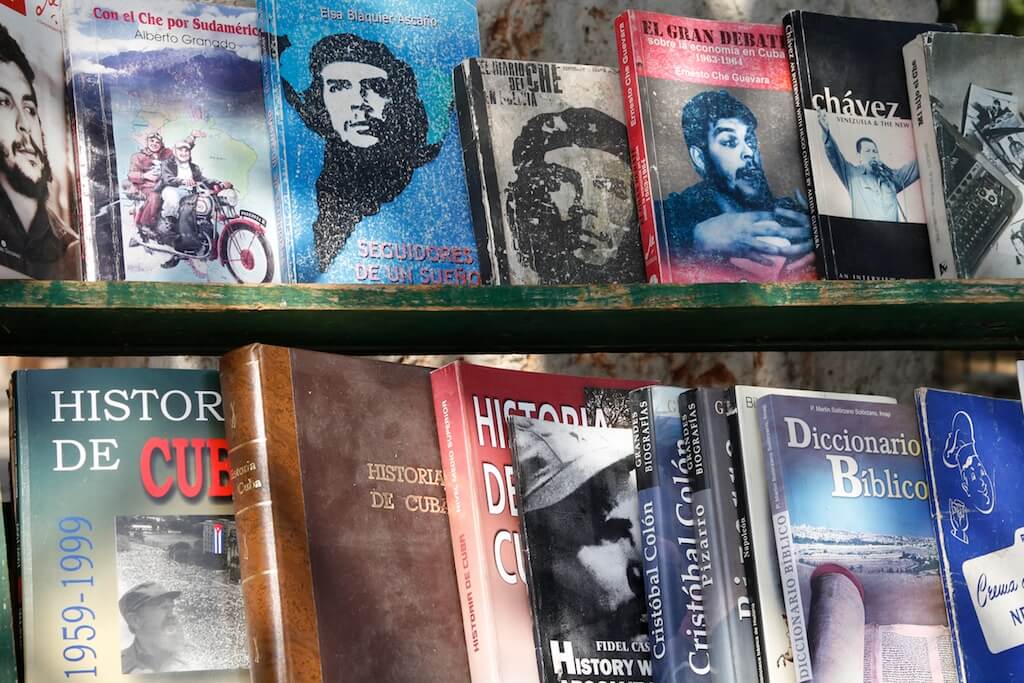Inkitt: what happens when AI eats its own words?

- Inkitt AI help for writers shows successful patterns.
- Success delivered by what are proven to be winning formulae.
- We look forward to Fast & Furious 52‘s release in 2066.
The latest $37m funding round for the self-publishing platform Inkitt was awarded at least in part due to its intention to use large language models that work on behalf of its authors. The AI will guide submissions to the eponymous app in areas such as readability, plot, and characterization.
READ NEXT

Where to go when Z library’s down
Self-publishing is hugely popular among authors. It circumvents the often-frustrating processes of finding an agent, receiving rejections from established publishing houses, and lessening any income from a work thanks to parties in the chain who each take a cut of revenues generated by sales. An AI-powered virtual assistant can help authors with advice and offer changes to a text that are drawn from previously successful stories.
Inkitt’s AI amalgamates the output from several large language models to find trends in the enormous body of previously published books, giving writers help to align their work with already successful and popular works. At first sight, its approach is clearly more appropriate than having ‘authors’ simply use an AI to create words for a book. It’s also a step above once-respected news outlets using AI to write stories. But a deeper understanding of how large language models work informs us that the boundaries of creativity possible with AI are claustrophobic.

“Cuba book” by @Doug88888 is licensed under CC BY-NC-SA 2.0.
Whether in video, visual art, game design, or text, machine learning algorithms are educated on extant publications. Over the period of the learning phase, they process large quantities of data, and learn patterns that can then be used to reproduce material similar to that in the body of learning data.
In the case of a novel or screenplay’s structure, then, what’s succeeded in the past (in terms of popularity and, often, revenue generated) can be teased out from the also-rans. It’s a process that is as old as creativity itself, albeit a habit that’s formed without digital algorithmic help. Hollywood industry experts can produce lists of formulae that work for the plot, the rhythm of narrative flow, characterization, and so on. Such lists, whether ephemeral or real, inform the commissioning and acceptance of new works that will have the best chance to succeed.
The threat to creativity from the models used in ways like that proposed by Inkitt is twofold. The most obvious is one of the repetition of successful formulae. This means, depending on your choice of language, works that are on-trend, derivative, zeitgeisty, or repetitious.
The second threat comes from the probability curves embedded into the AI code. The degree of exception from the average of any creative work chewed up by an algorithm will always be diminished. What can’t be judged particularly easily is what makes something an exception and whether it’s different from the average because it’s badly created or because it’s superbly created. Truly fantastic creative works may be given a lesser weight because they don’t conform to a number of other factors, like sentence length or a color palette that is (currently) familiar.
The effect is one of standardization and averaging across the gamut of creative output so that a product is successfully conformist to the mean. Standardization equals conforming, which equals success. But standardization leads inexorably to stagnation.
In practical uses of AI today, many of the traits and methods of models are perfect for their designed purpose. Data analytics of spending patterns informs vendors’ choices for new product development based on what sells well. Outliers and exceptions have little importance and are rightly ignored by the model’s probability curve.
But in areas of creating new art, product design, music composition, or text creation, the exceptions can have value, a value that is increased by not conforming to average patterns of success, readability, aesthetic attractiveness, characterization, or one of a thousand other variables at play. If conformity to guidelines means success, then how we define success is the interesting question. History is littered with composers, artists and writers who didn’t conform, and were succesful during their lifetimes or posthumously. Plenty too who were succesful conformists. And many who kicked against prevailing strictures and got nowhere, dying in poverty.

“book” by VV Nincic is licensed under CC BY 2.0.
So what help can AI actually deliver for writers? As in many areas of life and business, it can work well as a tool, but it cannot – or at least should not – be allowed to dictate the creative elements of art.
By reducing creativity to an algorithmically generated idea of “what works,” talent that’s non-conforming is immediately stymied. It depends, of course, on what the creator’s desired outcome is, or how they deem themselves to be succeful. If they want a greater chance of achieving mainstream popularity, then the Inkitt AI will help guide them in what to change to better fit into the milieu. Many dream of being the scriptwriter or 3D visual designer for the next movie blockbuster, and there is value in that. Inkitt may make people better writers, but it’s the individual’s idea of what a ‘better’ writer is that will inform their decision whether or not to sign up.
Individual human voices can make great creative works. But by placing those works inside a mass of mediocrity (and worse) and teaching an algorithm to imitate the mean, what’s produced is only ever, at best, going to be slightly better than average. As more content is created by AI and it too becomes part of the learning corpora of machine learning algorithms, AIs will become self-replicating, but not in the manner of dystopian sci-fi. Much of the future’s published content will just be very, very dull.
Oatmeal for breakfast, lunch, and dinner.








